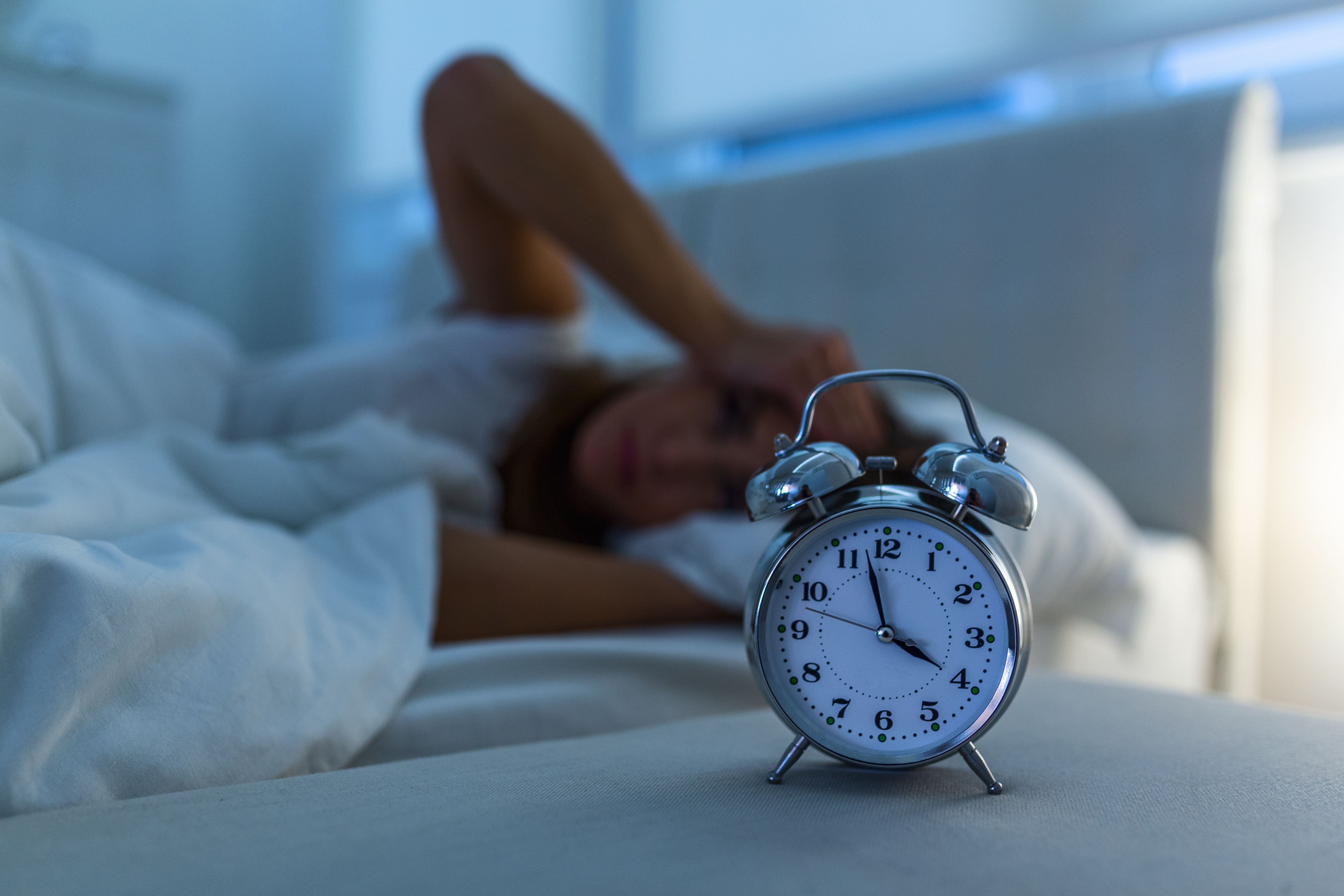- Drug Coverage
- Hypertrophic Cardiomyopathy (HCM)
- Vaccines: 2023 Year in Review
- Eyecare
- Urothelial Carcinoma
- Women's Health
- Hemophilia
- Heart Failure
- Vaccines
- Neonatal Care
- NSCLC
- Type II Inflammation
- Substance Use Disorder
- Gene Therapy
- Lung Cancer
- Spinal Muscular Atrophy
- HIV
- Post-Acute Care
- Liver Disease
- Pulmonary Arterial Hypertension
- Safety & Recalls
- Biologics
- Asthma
- Atrial Fibrillation
- Type I Diabetes
- RSV
- COVID-19
- Cardiovascular Diseases
- Breast Cancer
- Prescription Digital Therapeutics
- Reproductive Health
- The Improving Patient Access Podcast
- Blood Cancer
- Ulcerative Colitis
- Respiratory Conditions
- Multiple Sclerosis
- Digital Health
- Population Health
- Sleep Disorders
- Biosimilars
- Plaque Psoriasis
- Leukemia and Lymphoma
- Oncology
- Pediatrics
- Urology
- Obstetrics-Gynecology & Women's Health
- Opioids
- Solid Tumors
- Autoimmune Diseases
- Dermatology
- Diabetes
- Mental Health
Cognitive Behavioral Therapy Works With Most Kinds of Insomnia. It Might Work With All.
Insomnia is responsible for a lot of angst — and worse. Treatment is fairly straightforward. But for one cause of insomnia, the mechanism of treatment — and whether it works — remains elusive.
© Graphicroyalty stock.adobe.com

Perhaps the biggest surprise in a recent Journal of Sleep Research review article about insomnia is that we don’t know much at all about how the main treatment works for one of the three causes.
An estimated 10% of adults worldwide have clinical insomnia, the result of having trouble falling or staying asleep or not sleeping well. For some, it’s a minor inconvenience. For others, it’s a major disruption that causes problems with memory and concentration. Chronic insomnia raises the risk of high blood pressure, coronary heart disease, diabetes and cancer.
Cognitive behavioral therapy tailored for insomnia (CBT-I) is considered the best treatment. Medications will certainly put you to sleep, but they work better when paired with therapy, especially in the long term.
The most effective CBT-I intervention is called sleep restriction, although it really means restricting the amount of time spent in bed, and also limiting activities there to just sleep and sex (no reading or watching television).
Other successful interventions involve addressing dysfunctional beliefs and attitudes about sleep and selective attention to sleep-related issues, other worries and excessive ruminating, as well as curbing evening intake of caffeine and alcohol.
Ellemarije Altena, Ph.D., was the lead author of a review article of cognitive behavioral therapy for insomnia.

In their aptly named article, Mechanisms of cognitive behavioural therapy for insomnia, lead and corresponding author Ellemarije Altena, Ph.D., an associate professor at the University of Bordeaux, and colleagues at other universities and clinics in France, the U.K and Canada, review the main causes of insomnia, which CBT-I interventions work with them, and what is known about the mechanisms of action. They also suggest areas for future research. The article was published in early March.
The three main “factors” — as the authors refer to them — in insomnia and the CBT-I interventions associated with them are:
Behavioral. Habits like irregular bedtimes and consuming drinks containing alcohol or caffeine close to bedtime are common issues. Restricting sleep to a specified, regular period, with mandatory go-to and get-out-of bedtimes increases consistency and forces patients to confront their fears (usually about not sleeping) and break a cycle of avoidance that perpetuates insomnia. How this intervention works is obvious, and evidence shows it is successful.
Cognitive and emotional processing. Increased worry and rumination about issues related to sleep and not as well as over-attributing functioning problems during the day to insomnia are primary examples. Key interventions involve “cognitive restructuring,” which focuses on increasing patient awareness of the ineffectiveness of dramatizing thoughts and dysfunctional beliefs about lack of sleep and how they can aggravate insomnia, and encouraging alternative thoughts, such as scientific findings that the consequences of lack of sleep usually aren’t as bad as people think. Cognitive restructuring also is supported by data.
Physiological. This factor involves an enhanced state of arousal regardless of stimuli. Interventions include relaxation techniques. This intervention is plagued by a lack of information about its mechanism, let alone data from electroencephalogramsor other technology supporting rates of success. Indeed, the authors note that the “hyperarousal” concept of insomnia has recently been debated, largely because it also is seen as a factor in conditions that often exist alongside insomnia, most notably in more severe manifestations of post-traumatic stress disorder.
The authors note that a big part of the problem measuring success of any of these interventions is the quality of data on adherence. Definitions vary from study to study and adherence usually is self-reported. Correctly recording adherence to regimens that may include activities when you’re half-asleep or groggy isn’t easy. Patients may also have a tendency to report that they are following a doctor’s suggestions more closely than they really are.
Another challenge is that insomnia often is associated with — and is a significant predictor of — depressive disorders, which themselves are associated with sleep apnea, another comorbid condition, and often occurs with anxiety and bipolar disorders as well.
The good news is that insomnia and mental disorders can be treated simultaneously in many cases.
Insomnia Adds to the Economic Burden of All Five Comorbid Conditions Studied
July 14th 2023Between 9% and 12% of American adults have insomnia, and 85% of them also are diagnosed with comorbid conditions like type 2 diabetes and dementia. While the numerous health consequences of comorbid insomnia have been well-documented, the additional costs for specific disease groups have not been measured in large studies — until now.
Read More
Pre-pandemic Sleep Disorders Associated With Risk of Long COVID, Study Finds
June 15th 2023Some effects of poor sleep (fatigue, daytime dysfunction) resemble some symptoms of long COVID. As it turns out, infected women who were healthy sleepers before and early in the pandemic were less likely to report long COVID symptoms.
Read More
